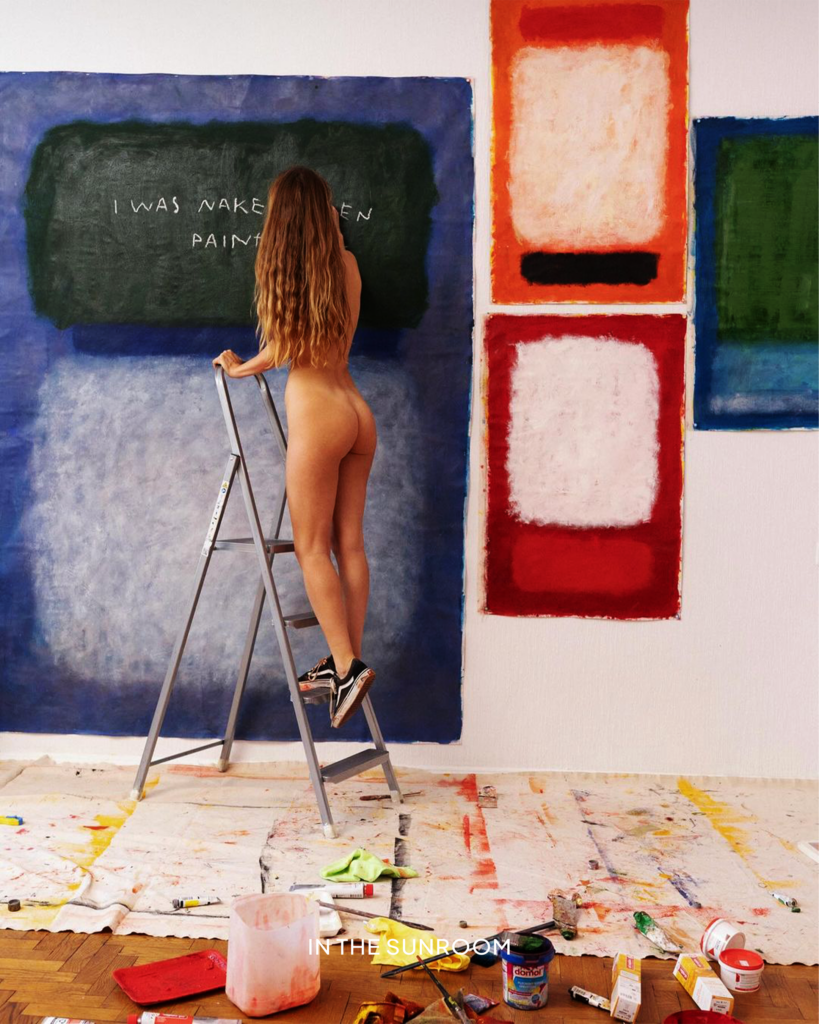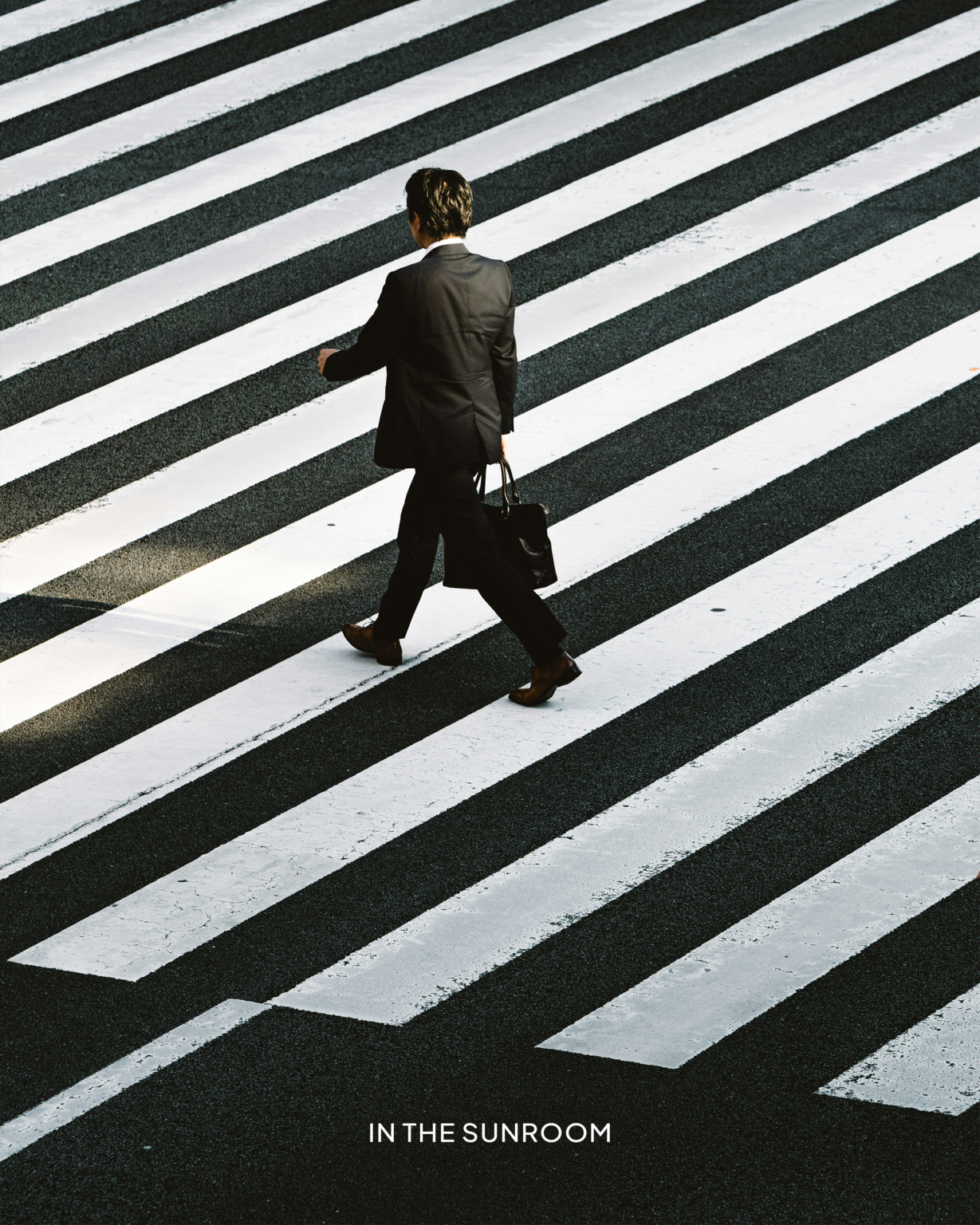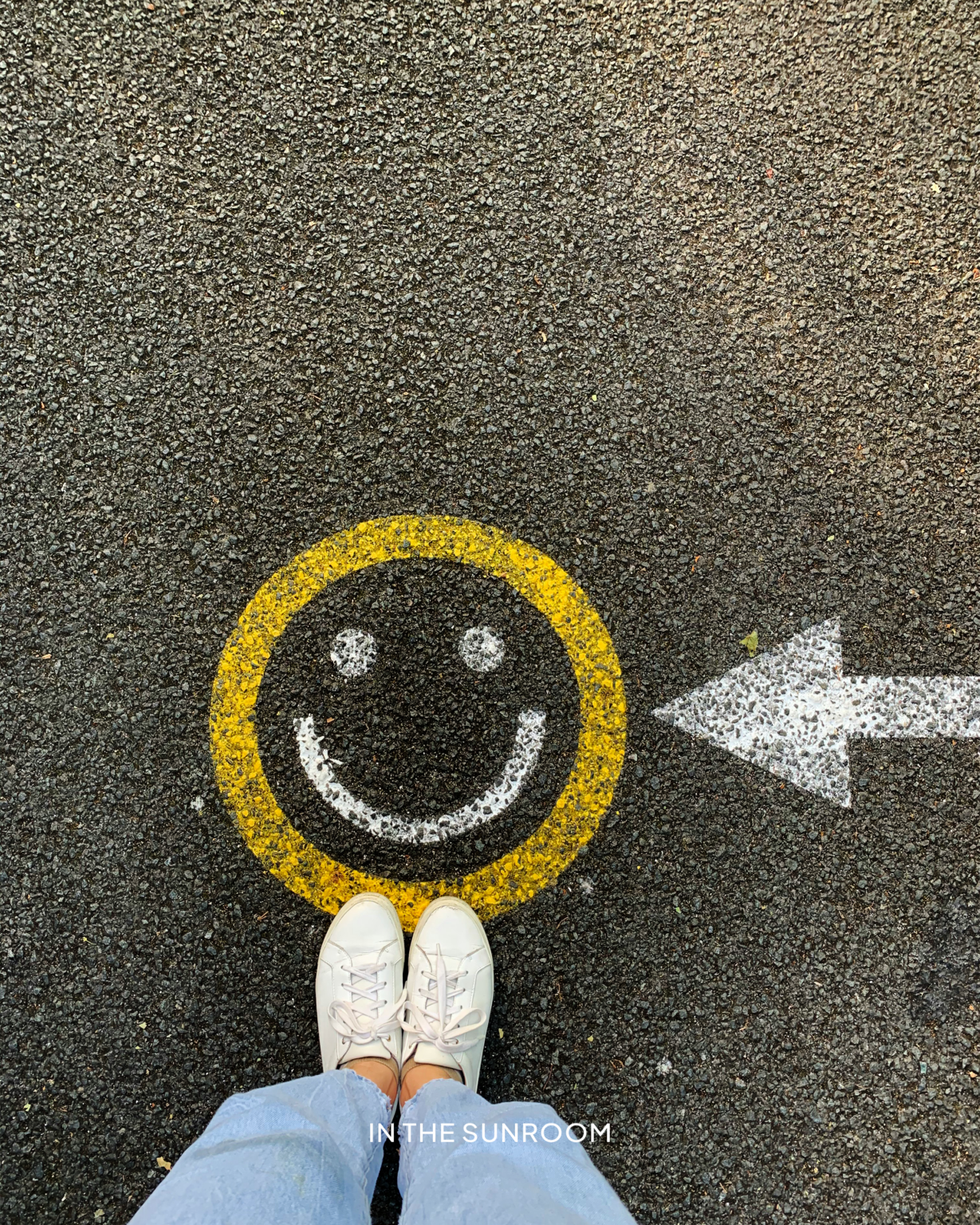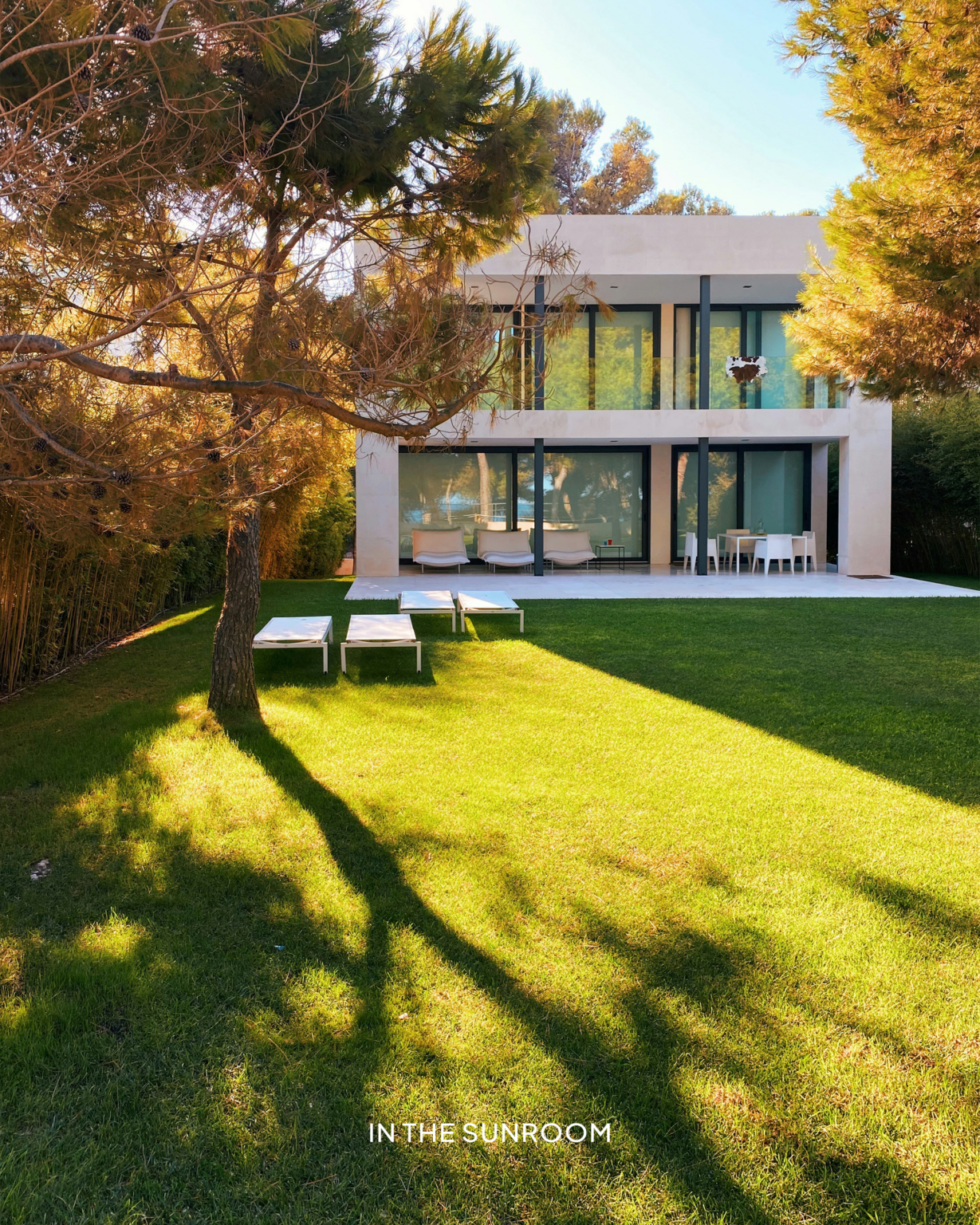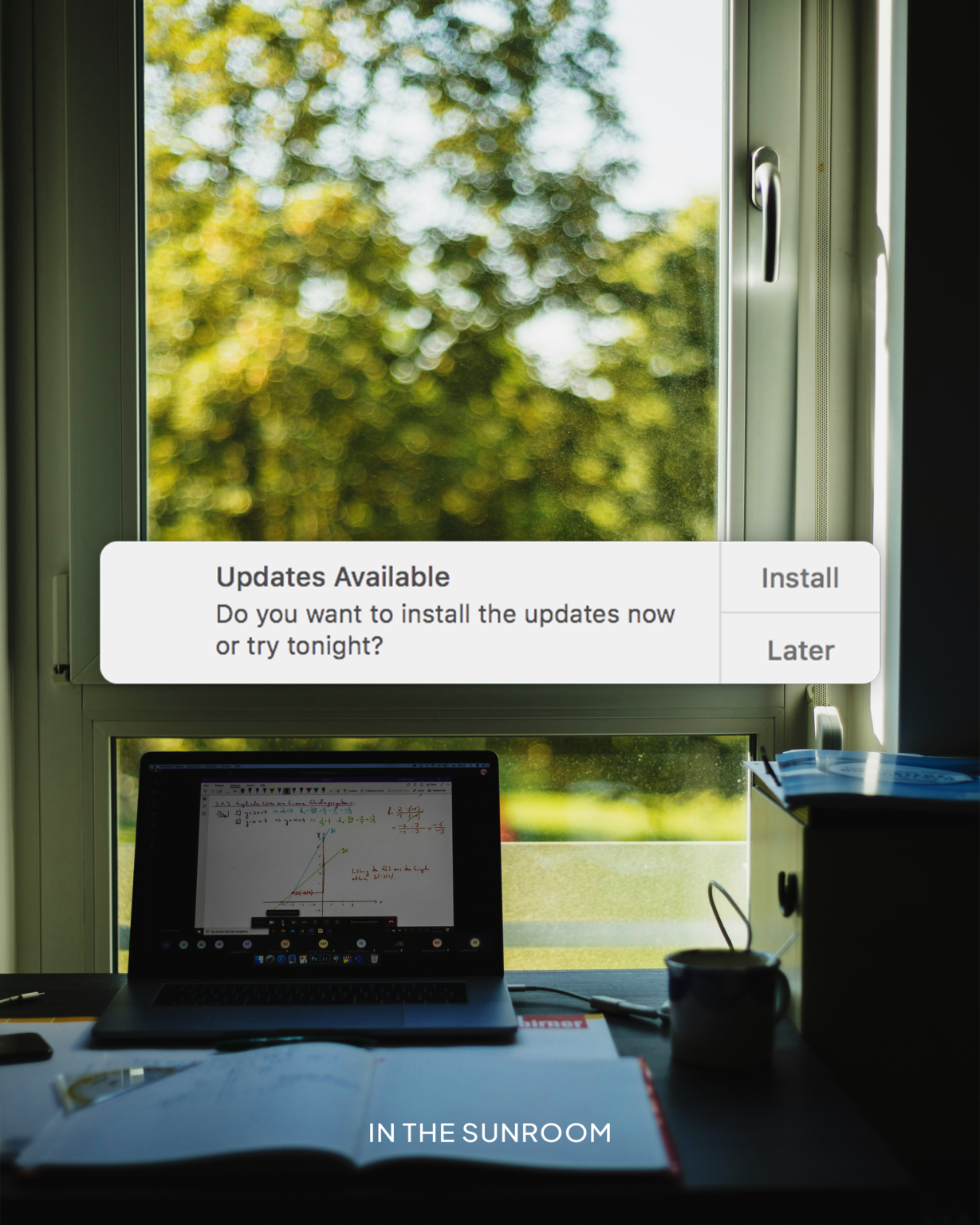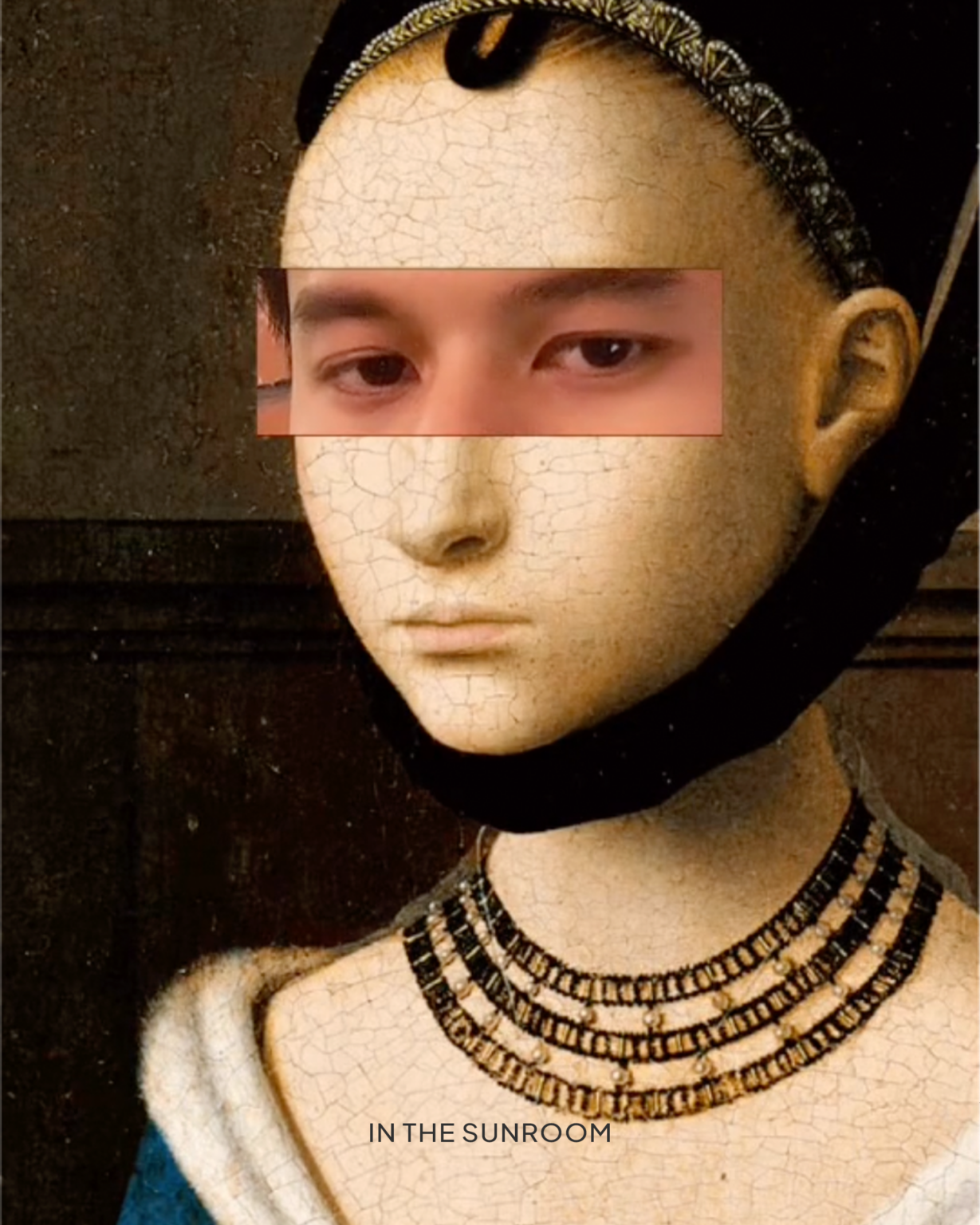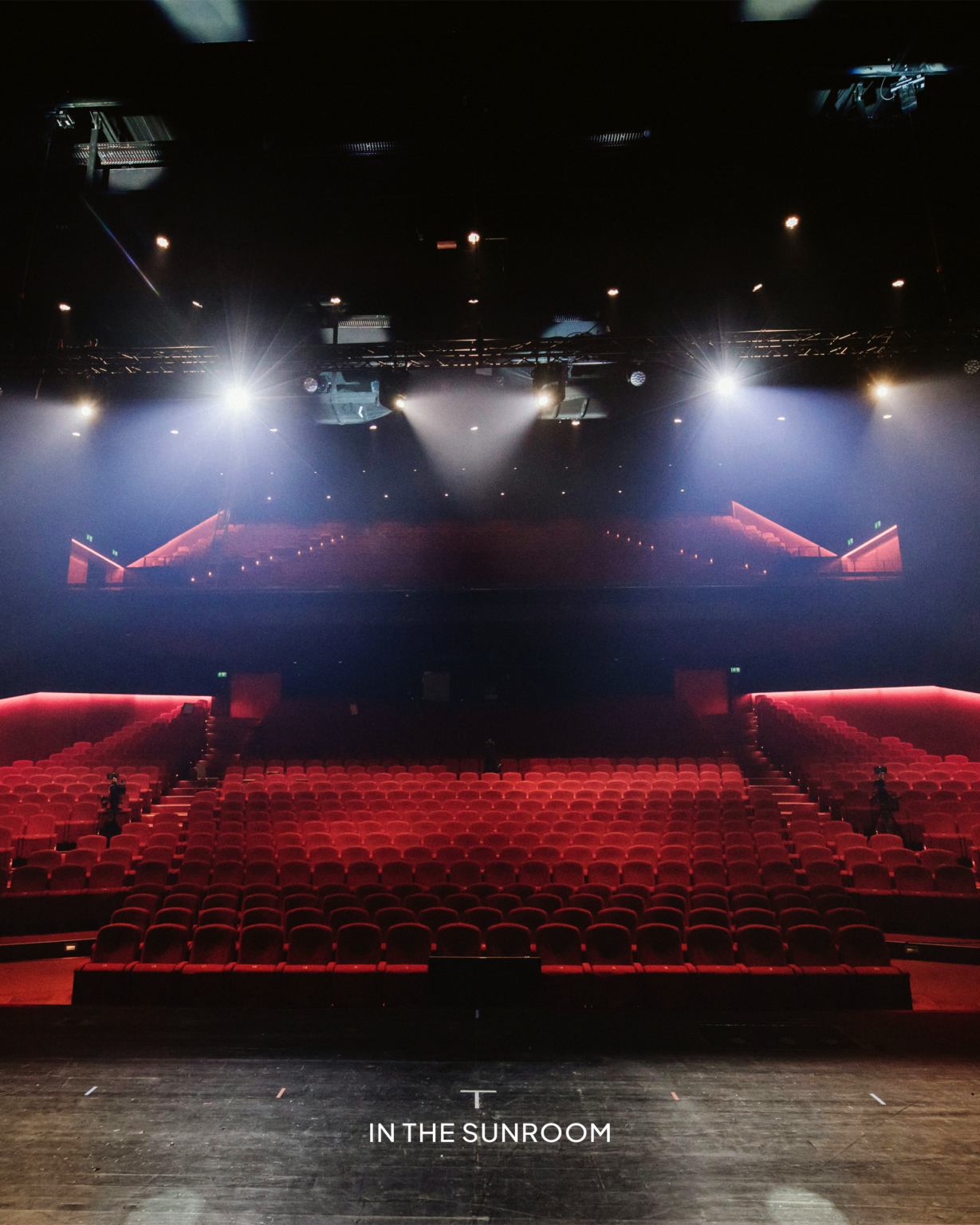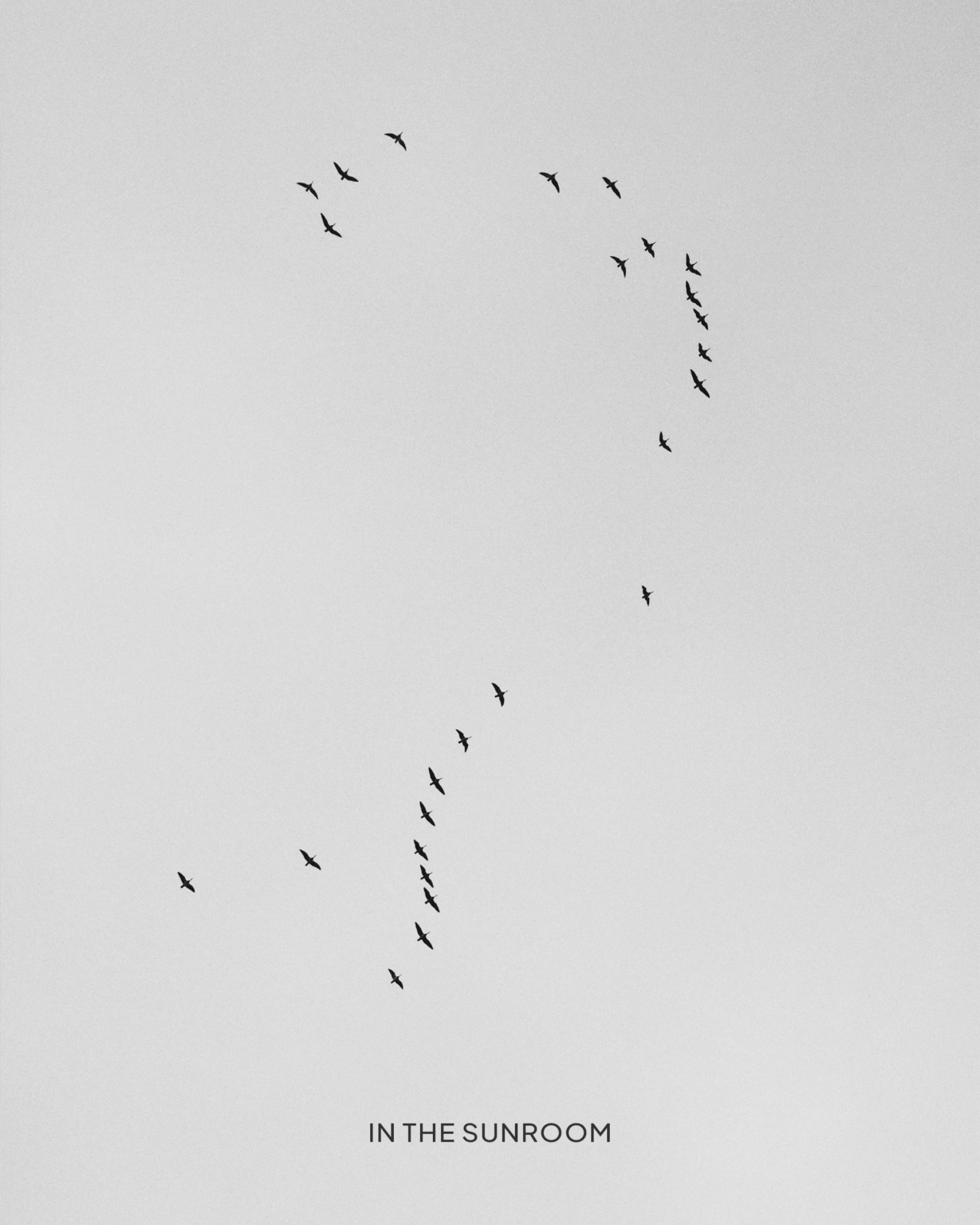Personal branding for artists is about building your path to growth and recognition—all part of your creative legacy.
Rick Rubin starts his book The Creative Act by saying that everyone is a creator. I believe that to be true. And being an artist is more than just creating—it’s about expressing, connecting, and sharing your unique perspective with the world. Today’s creative space is getting increasingly crowded, talent alone isn’t enough to get you noticed. Your art might speak volumes, but it still needs a platform, a voice, and a presence.
That’s where personal branding comes in. For artists, personal branding really isn’t about selling out or losing your authenticity. It’s about crafting a narrative that amplifies your work, helps you connect with your audience, and supports your growth as a creator.
Over the years, I’ve worked with many creatives who’d all had phases when they felt stuck—not because they lacked skill, but because they didn’t know how to position themselves in a way that reflected their identity and drew people in. Here’s what I’ve learned about personal branding for artists and how it can transform your creative journey.
Table of Contents
Why Personal Branding Matters for Artists
When you think of iconic artists—Frida Kahlo, Banksy, Yayoi Kusama—what comes to mind? It’s not just their work; it’s the story, the persona, the vibe. That’s personal branding for artists.
Your brand as an artist is the bridge between your work and your audience. It’s how people experience your art before they even see it. A strong personal brand gives your audience context, creates a connection, and makes your work memorable.
When I first started helping artists with branding,
Many artists will feel unsure about branding, worried that branding would dilute their authenticity. But personal branding isn’t about creating a facade; it’s about amplifying who you already are.
Takeaway: Your personal brand is not separate from your art—it’s an extension of it.
“Many artists will feel unsure about branding, worried that branding would dilute their authenticity. But personal branding isn’t about creating a facade; it’s about amplifying who you already are.”
Start with Your Story
Every artist has a story, and that story is your superpower. Your journey, your influences, your struggles, your triumphs—these are what make you and your approach unique, and they’re what draw people to your work.
For example, Alexa Agienko’s take on the superficiality of modern life in her art is a subversive tango with homage. At first glance, you may think, “Ah another imitation of Rothko…” but if you look closely, her play with irony is a postmodernist masterclass.
Alexa shares her views on life between Kyiv and London and when you bring her stories into her branding, everything clicks. Her work felt more personal, and I believe that was how her audience grew so quickly.
Action Step: Write down the key moments in your life that have shaped your art. How can you weave those into your brand’s narrative?
Define Your Identity
Personal branding starts with self-awareness. Who are you as an artist? What do you stand for? What’s your unique perspective?
When I think of artists like Yayoi Kusama, her brand is unmistakable—vibrant, otherworldly, deeply personal. It’s not just her work that’s memorable; it’s the entire experience she creates.
Ask yourself:
- What’s my artistic voice?
- What themes or messages run through my work?
- How do I want people to feel when they interact with my art?
Your answers will help you define your brand identity, which will serve as the foundation for everything else.
Create a Visual Identity That Aligns with Your Work
As an artist, your visual identity isn’t just important—it’s everything. Your website, social media profiles, business cards, and even the way you present yourself should reflect your artistic style.
Another artist I love is Mariana Oushiro. Her artwork is instantly recognizable. Her ‘image’ is all about her choreography of movement, which she sometimes showcases in her Instagram stories along with the progression of her art as she travels.
What I find well-put-together about her personal brand is how even her living spaces, studios, and fashion, also reflect her approach to art. It makes her overall visual identity cohesive and authentic.
Pro Tip: Treat your branding materials like an extension of your portfolio. Use your art, color palette, and style to create a seamless visual identity.
Build a Consistent Online Presence
In today’s world, your online presence is often the first impression people have of you. Social media platforms like Instagram, TikTok, and Pinterest are goldmines for artists, but only if you use them strategically.
I’ve seen artists grow their careers exponentially by showing up consistently online. This doesn’t mean you have to post every day, but it does mean creating a regular rhythm of content that reflects your brand and engages your audience.
Take Jette for example—who has been documenting her life on the Internet since 2012. Known to create “trash” art but to me, her creativity is beyond just brush to canvas. It is also how she communicates about art and art history through her fashion. It’s a unique narrative that I haven’t found in other artists.
Some ideas:
- Share works in progress or behind-the-scenes glimpses of your process.
- Talk about the inspiration behind your pieces and how you relate to it in your unique POV.
- Engage with your audience by asking questions or responding to comments.
Consistency builds trust and familiarity, which are key to growing your audience.
Leverage Community for Growth
Art doesn’t exist in a vacuum, and neither does your personal brand. Building relationships with other creatives, collectors, and art enthusiasts is a powerful way to grow your brand and your career. A way to grow your art beyond working with other artists is to look for different mediums as well.
The creative folks at ana tomy have created a community of global artists by enabling them to use their personalized notebook covers as canvases. Not only is this a way to diversify artists’ collections, but it is also creating new opportunities for artists to reach new audiences.
Action Step: Look for opportunities to connect, whether through online communities, local galleries, or collaborative projects. Your network is one of your most valuable branding assets.
Align Branding with Your Development Goals
Your personal brand isn’t static—it should evolve as you grow. When I first started working with creatives, many of them struggled with the idea that branding was “forever.” But here’s the truth: your brand can—and should—adapt as your work and goals change. It’s not set in stone.
A wood sculptor hobbyist I once met started out creating small, minimalist pieces. As his style evolved into large, conceptual installations, he rebranded to reflect the scale and ambition of his work. The new branding not only felt more aligned but also attracted the type of clients and opportunities he wanted.
Takeaway: Your brand should grow with you. Revisit it regularly to ensure it reflects where you are and where you’re going.
“Many artists struggle with the idea that branding is “forever.” But here’s the truth: your brand can—and should—adapt as your work and goals change. It’s not set in stone.”
Why Personal Branding Is a Form of Development
Personal branding isn’t just about marketing—it’s about growth. The process of defining your brand helps you clarify your identity, connect with your audience, and align your actions with your goals.
For me, the most rewarding part of helping creatives with branding is watching them step into their full potential. When you have a strong personal brand, you’re not just an artist—you’re a storyteller, a connector, and a voice in your creative space.
I love the stories that move artists to form their works, I’m also a supporter of artists of my generation. And the best way to sum up why is this quote:
I always advise young collectors to invest in artists from their own generation when starting their collection by collecting works from artists who share their generational context. Collectors can more directly appreciate the trends, concerns, and expressions that resonate in their own time. At the same time, investing in contemporary artists creates a dynamic connection between the collector and the evolution of art.
As these artists develop their careers, the collector's collection grows alongside them. When young artists establish their careers and gain recognition, the works acquired early in their journeys may increase in value. This appreciation can turn the collection into a valuable and unique asset.Ella Fontanals-Cisneros, Cisneros Fontanals Art Foundation Tweet
Your Brand, Your Legacy
Your personal brand is part of your creative legacy as an artist. It’s how the world experiences your work and remembers you beyond your pieces.
Building a personal brand might feel daunting, but remember: it’s not about being someone you’re not. It’s about embracing who you are, amplifying your voice, and creating a platform for your art to be felt. So, define your story, show up authentically, and connect with your audience. Your art deserves to be seen—and your brand is the key to making it happen.
I want to wrap this up with something that got stuck in my head for a while from Ella Fontanals-Cisneros of Cisneros Fontanals Art Foundation:
